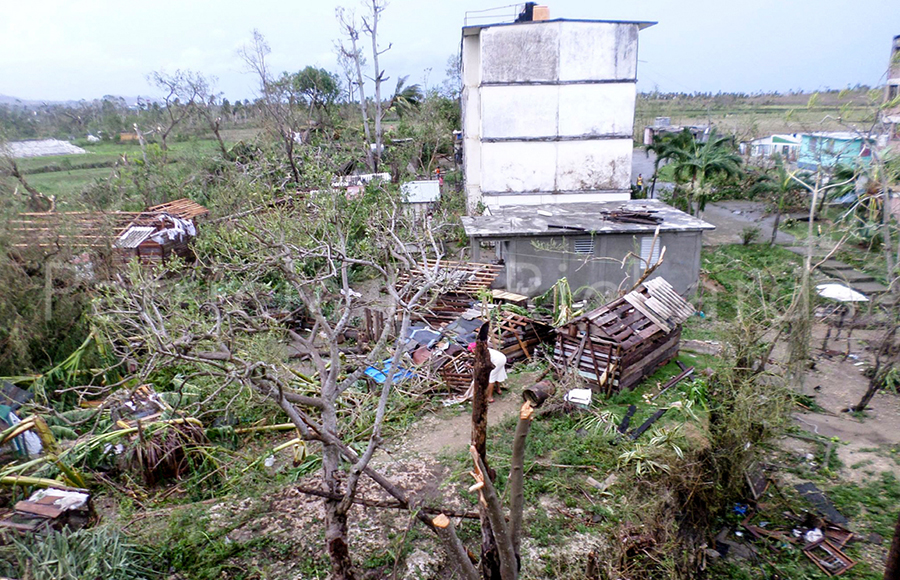1492 November
Posted on October 21, 2016 at 5:23 PM
“In fourteen hundred and ninety-two, Columbus sailed the ocean blue,”
is the first line of a well-known poem for children that tells the story of Christopher Columbus and his discovery of the New World. It is the only line of the poem I ever learned.
During my life, I’ve lived near many places associated with Columbus’s journeys―namely, Segovia, Córdoba, Seville, Cádiz, Huelva, and Puerto de Santa Maria in Spain, and in Lisbon, Portugal. I found it exciting to learn that Columbus had been in these places, and that is how I felt when I learned Columbus had “discovered” Cuba. Realizing it is impossible to discover something that already exists, I will say instead that while sailing in the region, Columbus found Cuba. And once he found it, he declared it to be the most beautiful place he’d ever seen.
And so I decided to follow Columbus and set out for the place he had found: Baracoa, located on the southeast corner of Cuba
It is not easy to get to Baracoa. Until the 1960s, there wasn’t even a road into the area. Here’s what I discovered:
- 1492 - Columbus found Cuba. (He left a cross behind that is located in the church.)
- 1511 - Diego Velázquez de Cuéllar followed Columbus, settled in Baracoa, and proclaimed it the capital of Cuba naming it La Villa de Nuestra Señora de la Asunción.
- 1516 - Velázquez decided the harbor at Santiago de Cuba, located further west, was better and moved the capital to that location, abandoning Baracoa.
And so Baracoa stayed the way it was, isolated and abandoned by the outside world. Of course, the Baracoans knew of it because they lived there. However, there was no way into the area other than by sea for 400 years…400 YEARS! As a result, Baracoa developed on its own. The architecture is different from other places in Cuba; horse-drawn carts and bicycle taxis are the common means of transportation, and everyone knows everyone. It is the people who elevate this place. They are of Baracoa. They have lived off this land for 505 years. They have a feel for their tropical geography and the climate in which they live―(Did I say it was hot? humid? Yikes!)―they are attached to it and to one another, and they are welcoming to outsiders
It was in Baracoa that I met Renato. He spent his day off from work showing me his connections to this incredible place, explaining its significance, and why he needs to be there. By day’s end, I was convinced that following Columbus had been one of the smartest decisions of my traveling life.






And then Hurricane Matthew struck. Packing winds of 145 mph, it hit Baracoa with a disastrous punch. I didn’t hear from Renato for several days; it was difficult to get any information out of Cuba.
Finally, a message arrived: “We are destroyed,” he wrote.
Here are his pictures.








Blog Posts
1492 November
"During my life, I’ve lived near many places associated with Columbus’s journeys―namely, Segovia, Córdoba, Seville, Cádiz, Huelva, and Puerto de Santa Maria in Spain, and in Lisbon, Portugal. I found it exciting to learn that Columbus had been in these places, and that is how I felt when I learned Columbus had “discovered” Cuba."